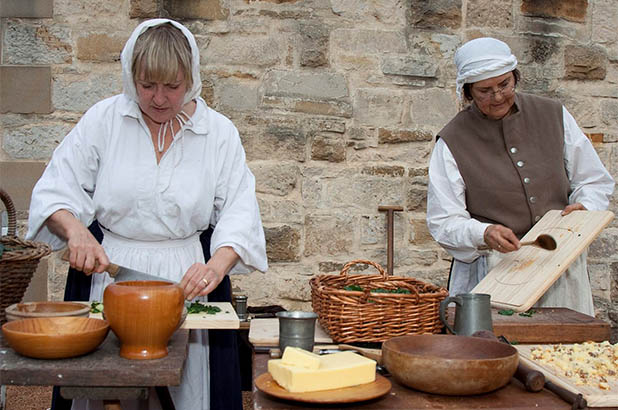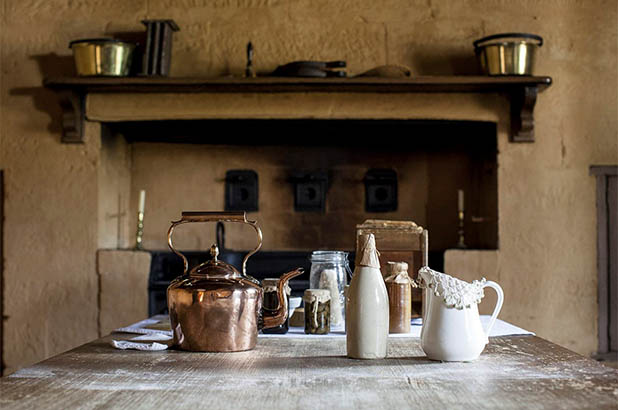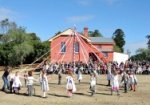While we continue fine dining with the Macleays at Elizabeth Bay House, other activities at Sydney Living Museums this month whet the appetite with a chance to experience convict life at Hyde Park Barracks, a glimpse of Sydney’s domestic underbelly at the Justice & Police Museum, and a taste of early Parramatta and colonial gastronomy at Elizabeth Farm.
History comes alive
Redcoats and convicts, on Saturday July 13, winds back the clock to fill the barracks compound with the hustle and bustle of re-enactments and market stalls, with costumed characters demonstrating their crafts and plying their wares. I’ll be doling out hominy, the cornmeal porridge that convicts were given for breakfast from corn they ground themselves on the dreaded treadmill.
Colonial gastronomy
Our Colonial gastronomy event, A taste of local fare, is at Elizabeth Farm this month and examines Elizabeth Macarthur’s personal letters to find out what foods graced her table in the early years of the colony. Renowned for their achievements in the wool industry, the Macarthur’s flock of sheep was too precious in 1798 to allow any to be killed for the table. Discover how they made use of local alternatives on Sunday July 21.
An insatiable underbelly
The City of shadows: inner city crime & mayhem 1912-1948 exhibition, curated by Peter Doyle, uncovers a more sinister side of Sydney’s history through police photographs, ‘an intimate, raw and hauntingly beautiful record of the mysterious people and dark places of a Sydney now lost’. Leafing through the City of shadows book, recently republished to coincide with the exhibition, I was surprised to find amongst the photographs how many simple domestic settings are depicted in ‘vicinities of crime’.
Often macabre, but extraordinarily intriguing, some photographs provide glimpses of ordinary kitchens, table and tea settings left almost frozen in time, due to extraordinary circumstances. Unlike styled magazine shots or photos of formal or celebrated family occasions, these ‘anti-picturesque’ pictures reveal ‘snapshot’ scenarios of daily life and domestic consumption practices – tables, with or without tablecloths, teapots and crockery, kitchen utensils, as they were used naturally and unselfconsciously. Disturbing but fascinating!




